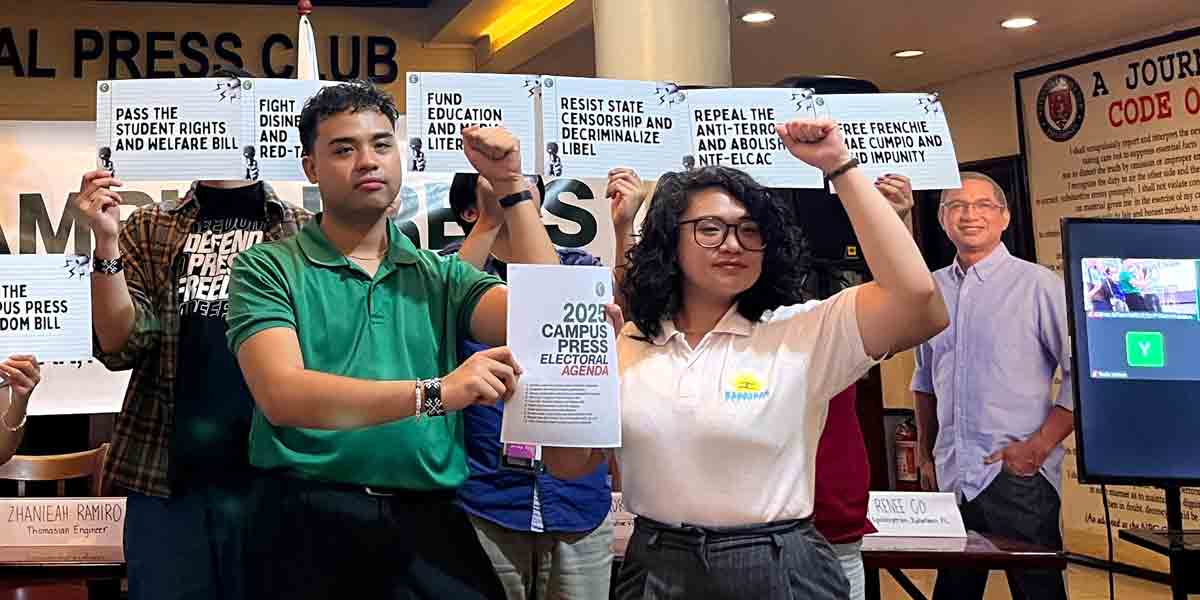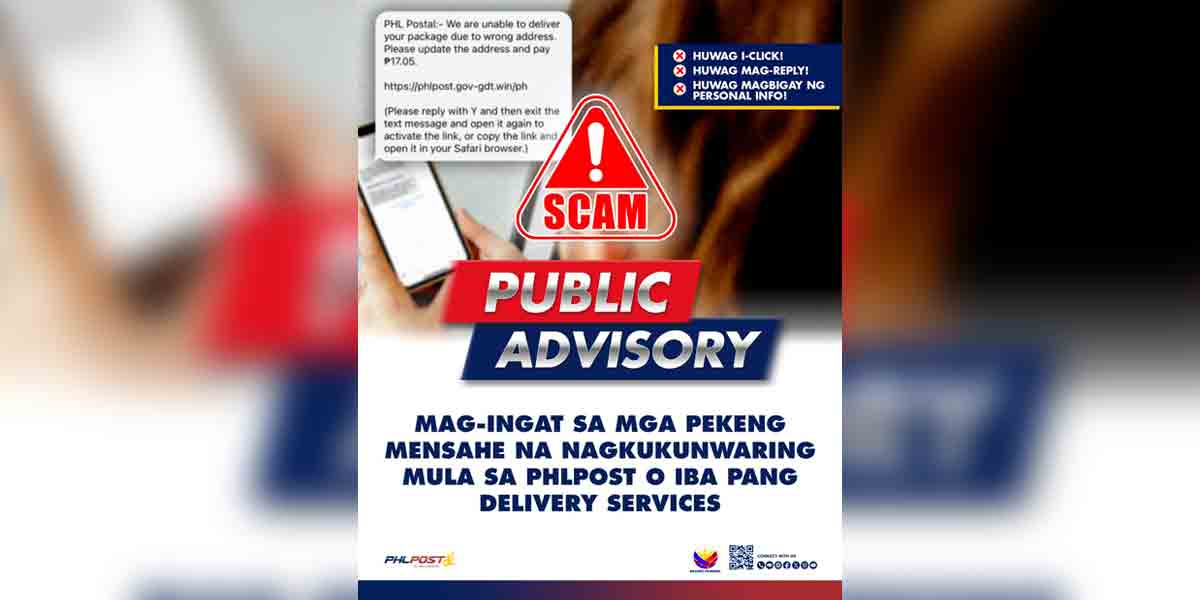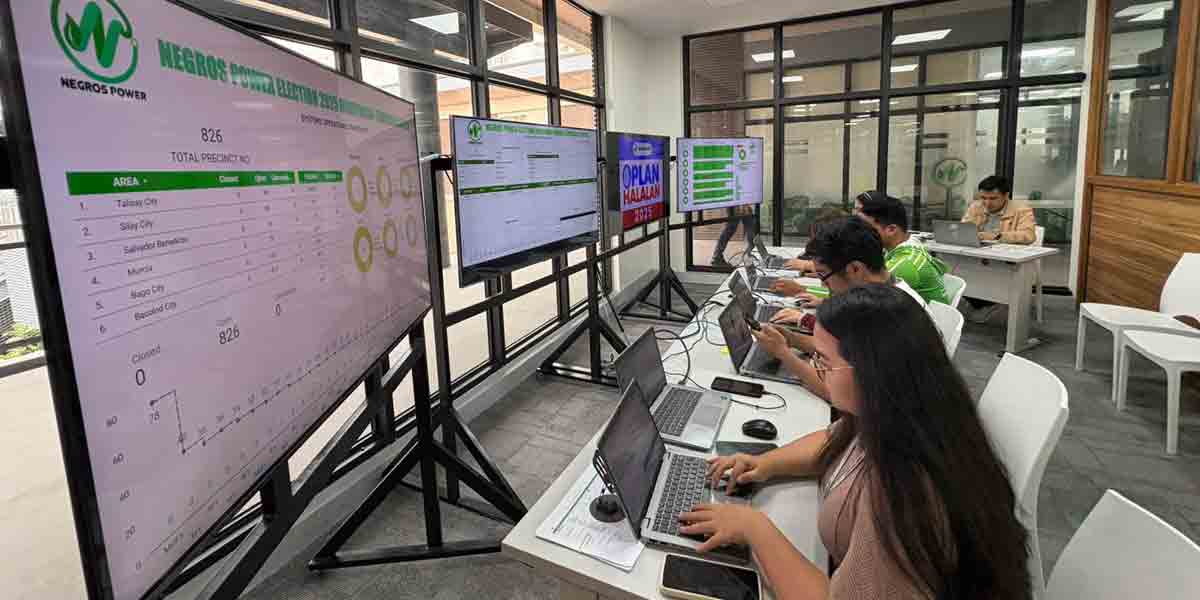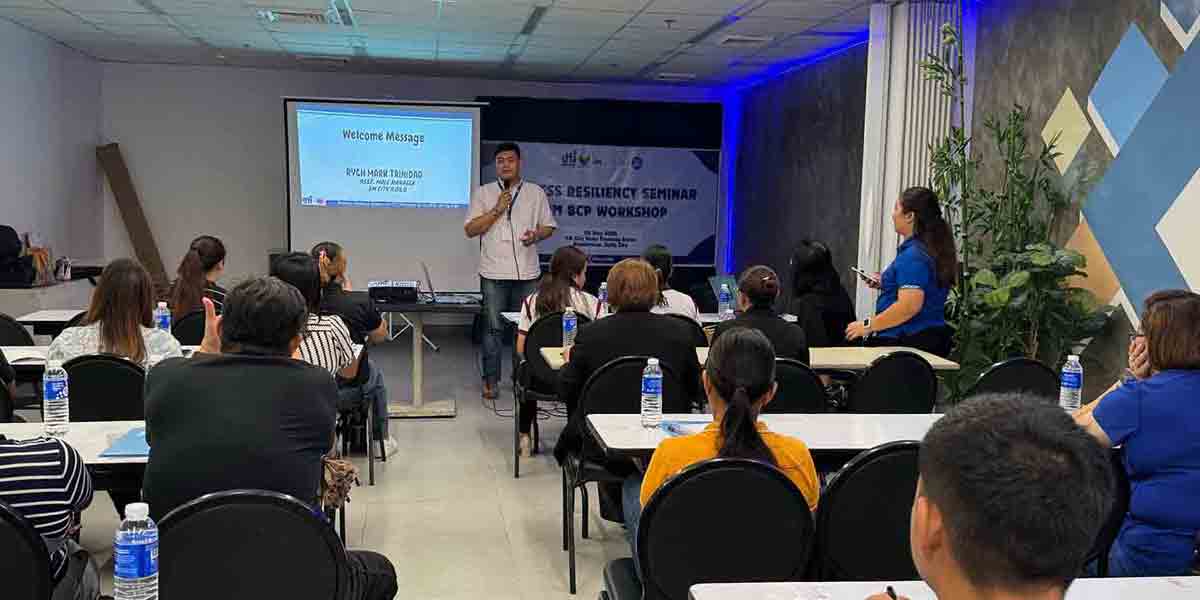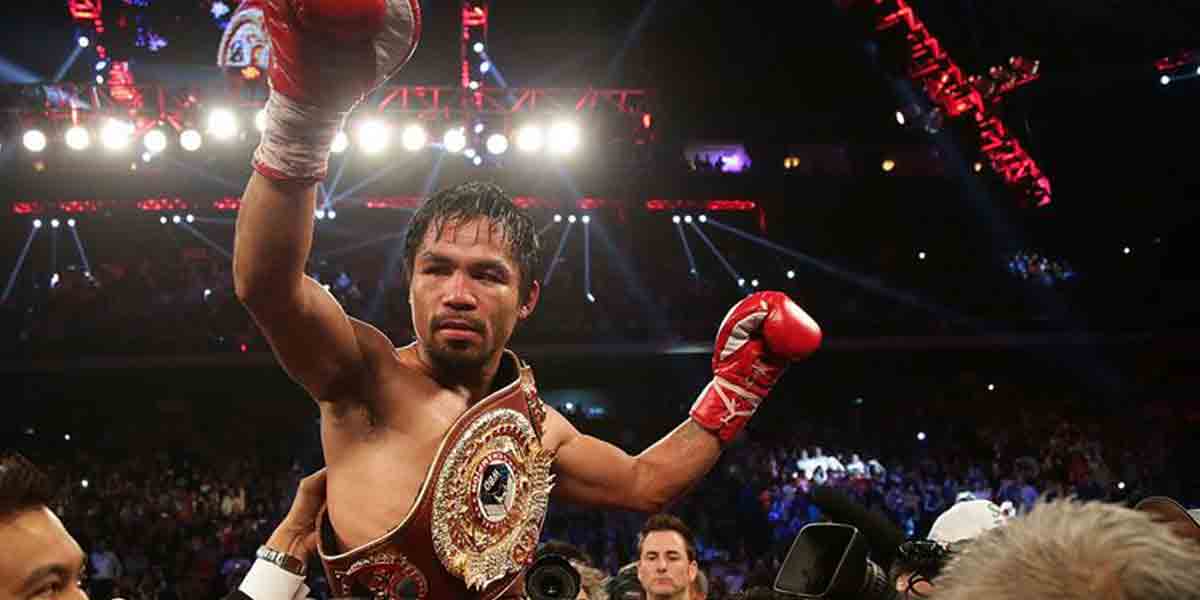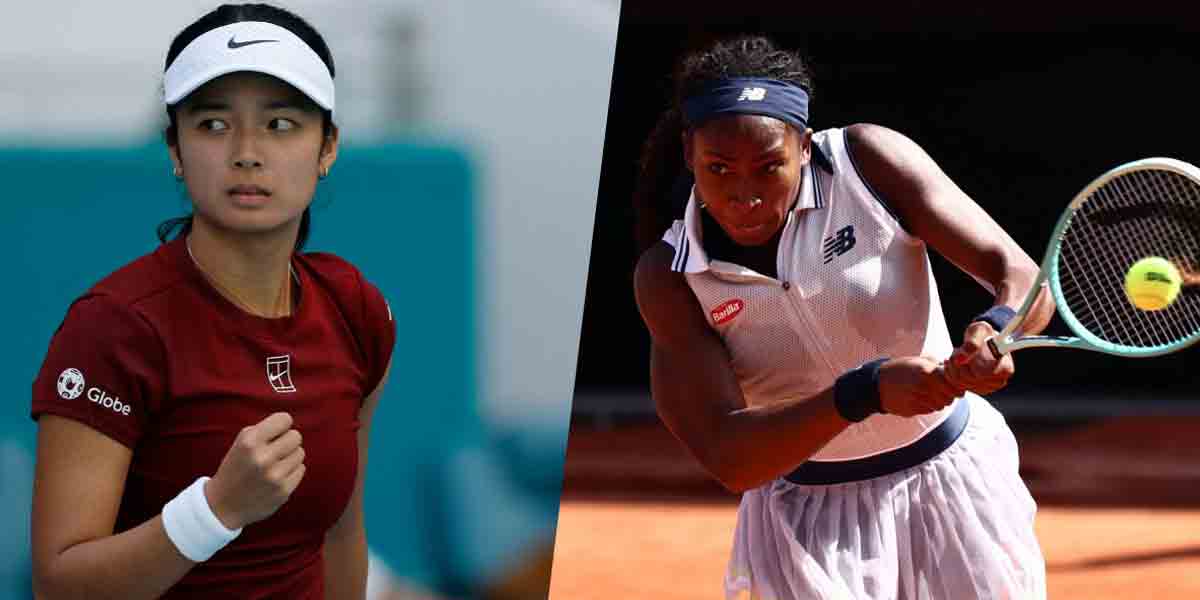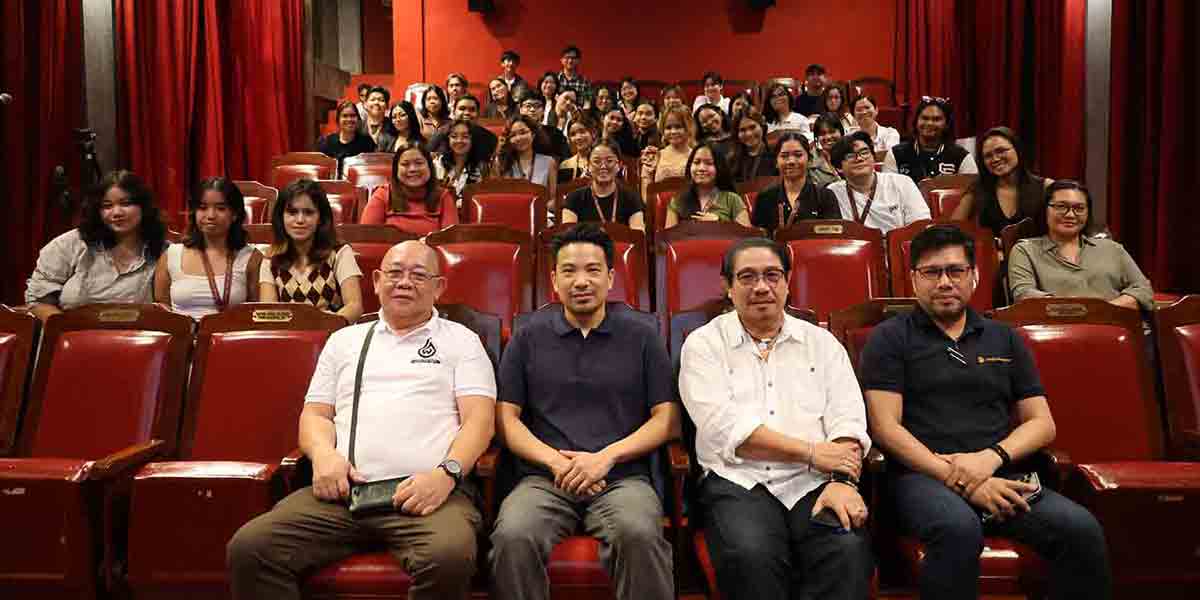By Noel Galon de Leon
Reading is often seen as the foundation of a knowledgeable and engaged society, but its true value comes from consistent effort and support. Yet, despite the steady expansion of the publishing industry, many communities in the Philippines continue to struggle with fundamental barriers to accessing books and other essential reading materials. This reality underscores a troubling contradiction, while book fairs and literary events grow in prominence both locally and internationally, countless Filipinos remain without access to carefully curated, high-quality texts. The mere existence of a thriving book market does not equate to equitable access, nor does it guarantee the cultivation of a nation that reads.
The issue, however, extends far beyond book scarcity. A closer examination reveals a web of economic, cultural, and social constraints that systematically exclude large segments of the population from active engagement in reading. In rural areas, for example, even when books are available, they often fail to reverberate with the lived experiences of their intended readers. A significant portion of published materials is in English or Filipino, reinforcing linguistic hierarchies that marginalize speakers of Hiligaynon, Kinaray-a, Cebuano, and other regional languages. How, then, can we expect to foster a reading culture that is genuinely inclusive and reflective of our diverse linguistic heritage when so many Filipino readers are unable to find books that speak directly to them?
At this stage, the importance of reading is no longer a subject for debate, it is an established necessity. The real questions lie elsewhere: Are our youth actively reading? If so, what kinds of texts are capturing their attention? If not, what systemic conditions have led to this disengagement? And perhaps most crucially, why does the vision of a fully literate, reading-driven society remain an elusive goal for our country? The challenge is no longer simply about producing books but ensuring that they reach the hands of readers who need them most. Until we confront these deeper structural issues, the promise of a nation built on literacy and intellectual engagement will remain an aspiration rather than an achievement.
The Book Nook Project by the National Book Development Board (NBDB) is one such effort, aiming to provide community alternative spaces for reading and literacy development. However, despite its noble intentions, the program’s reach is alarmingly insufficient. As of today, there are only five Book Nooks in the entire Western Visayas, a number that barely scratches the surface of the overwhelming need for reading resources across countless schools, barangays, and marginalized communities. Even in urban centers like Iloilo City, where bookstores and libraries are relatively more accessible, the challenge persists: ensuring that books are not only available but also relevant to diverse readers, particularly those whose linguistic and cultural realities are often sidelined in mainstream publishing. In rural areas, where education funding is scarcer and library infrastructure is almost nonexistent, the situation is even more dire.
Yet, beyond the issue of physical access, there lies an equally concerning reality, the diminishing role of reading in everyday life. In the Philippine educational system, reading is overwhelmingly framed as an obligation rather than an intrinsic source of enjoyment or intellectual curiosity. Instead of fostering a deep-seated appreciation for literature, schools reduce reading to a task dictated by academic requirements. The consequence? Students engage with books not out of genuine interest but because they must. This widespread perception manifests in alarming ways. In my Creative Writing class in Senior High School, when I asked my students how many had read a book over the Christmas break, only nine out of forty raised their hands. The books they read were all in English, predominantly Young Adult novels, a small but promising indication that some students, despite the pressures of school and social life, still find time for long-form literature.
But what about the remaining students? When asked how they spent their vacation, the overwhelming majority admitted that reading was not a priority. Instead, their time was consumed by Netflix, Mobile Legends, and endless scrolling through social media. Many confessed that online gaming helped them combat the boredom of an extended break, providing instant gratification and an interactive form of engagement that books could not compete with. This shift in entertainment preferences is neither accidental nor trivial, it is symptomatic of a broader cultural transformation in which reading is being displaced by digital distractions designed to maximize engagement and minimize effort. If young people no longer view books as a meaningful part of their lives, what does this say about the future of literacy in our country?
The issue, then, is not just about making books physically available. It is about understanding why, even when books are within reach, they remain unopened. Why do so many students feel alienated from reading? Is it because they do not see themselves reflected in the books that are being produced? Is it because reading is framed as a solitary, tedious activity in a world that increasingly values interactivity and instant gratification? If we are to reverse this trend, we must go beyond token literacy programs and question the very structures that have rendered reading an afterthought in the lives of many young Filipinos.
Many reading and literary advocates place great hope in digital publishing as a revolutionary force in addressing the country’s reading crisis. There is no doubt that online platforms have widened access to literature, breaking down geographical and financial barriers that have long hindered the distribution of books. In an ideal scenario, digital publishing should democratize reading, allowing anyone with an internet connection to engage with a diverse range of literary works. However, the assumption that digital availability automatically translates to meaningful readership is deeply flawed. The shift toward online reading presents a new set of challenges, chief among them the issue of quality control. While free e-books and digital anthologies abound, many of these materials are poorly curated, lacking editorial rigor, and often riddled with errors. The internet is filled with texts that have been hastily compiled, plagiarized, or distributed without any consideration for intellectual and literary value. We cannot, in good conscience, entrust the literacy development of our youth to a haphazard collection of random PDFs scattered across the internet.
This dilemma exposes the stark reality that access, on its own, is not enough. The mere presence of books, whether in print or digital form, does not guarantee engagement, nor does it ensure the cultivation of a critical reading culture. Without proper guidance, young readers risk consuming shallow, misleading, or poorly written materials that do little to enhance their analytical and literary skills. This is particularly concerning in a time when digital literacy is still underdeveloped in many educational institutions, leaving students vulnerable to misinformation, subpar content, and even exploitative reading platforms. If we are to harness the potential of digital publishing, we must move beyond the simplistic notion that more books automatically lead to more readers. Instead, we need a system that filters, curates, and ensures that what is available is not only accessible but also enriching and intellectually stimulating.
Libraries—whether public or private—must take on a more proactive role in addressing this issue. Rather than serving as passive repositories, they must function as gatekeepers of high-quality digital literature. A possible solution is the establishment of well-curated digital repositories, containing carefully selected texts that students and educators can access as an alternative to the overwhelming and indiscriminate flood of online reading materials. These repositories should not merely be collections of free books but should include expert recommendations, critical annotations, and interactive features that foster deeper engagement. Additionally, distribution models must be reexamined, simply making books available online does not guarantee that they will reach the intended audience. Strategic partnerships between educational institutions, publishers, and technology providers are necessary to ensure that digital books are not just accessible but also meaningfully integrated into reading programs.
Ultimately, the digital reading revolution will only be successful if it is accompanied by intentional, thoughtful, and systemic efforts to guide readers toward substantive literature. Without quality control, we risk creating a generation of passive consumers rather than critical, engaged readers. If we are serious about addressing the reading crisis, we must demand more than just accessibility, we must demand literary excellence, meaningful curation, and a reading culture that prioritizes depth over convenience.
Reading is more than just a skill, it is the foundation of intellectual engagement, a cultural practice, and a necessity for any society that seeks progress. Yet, despite decades of advocacy, literacy campaigns, and educational reforms, the reality remains sobering: we are not, by any measure, a nation that truly values reading. The persistent struggles of book accessibility, the lack of high-quality and culturally relevant materials, and the failure to integrate reading into the daily lives of Filipinos reveal the deep fractures in our approach to literacy. We cannot expect an organic interest in reading to flourish if we do not actively cultivate it across all sectors of society. It is not enough to extol the virtues of reading in theoretical discussions or official policies. The true test of our commitment lies in action, ensuring that books are readily available, that reading programs are designed for engagement rather than mere compliance, and that institutions provide sustained, rather than episodic, support in embedding reading into daily life.
To build a truly literate nation, we must first dismantle the barriers that have long hindered access to books. This means going beyond symbolic initiatives and confronting the systemic inequities that leave many communities without libraries, bookstores, or even a single shelf of quality reading materials. It means acknowledging that language plays a crucial role in shaping reading habits and that forcing young readers to engage only with English or Filipino texts while neglecting regional languages creates alienation rather than literacy. It means addressing the economic realities that prevent families from prioritizing books when they are struggling to afford basic necessities. And it means holding institutions accountable, schools, local governments, publishing houses, and policymakers must move beyond rhetoric and take decisive action to make reading an integral, non-negotiable part of the Filipino experience.
But access alone is not enough. A book in the hands of a reader does not guarantee engagement, just as a library full of untouched books does not signify a thriving reading culture. The deeper issue lies in how we frame reading, whether as an obligation to pass exams or as an enriching, lifelong pursuit. The digital revolution, while opening new possibilities for literary access, has also introduced new risks, including the rise of shallow, poorly curated, and disposable reading materials that do little to cultivate critical thinking. If we truly want to foster a culture of engaged reading, we must shift our focus from passive consumption to active intellectual engagement, from fleeting trends to enduring literary appreciation. We must create an environment where books are not just available but are also valued, discussed, and integrated into daily life, not as an academic requirement but as a fundamental human experience.
The vision of a literate nation cannot be an abstract ideal, it must be a concrete, actionable goal. To achieve this, we must demand more from our educational institutions, our libraries, our publishers, and ourselves. We must bridge the ever-widening gap between books and readers, ensuring that literacy is not a privilege but a right extended to all, regardless of language, location, or socio-economic status. Reading is not merely an individual act; it is a collective responsibility. It is the bridge between ignorance and knowledge, between stagnation and progress. And if we are to build this bridge, we must do so with strength, inclusivity, and determined commitment. The alternative—a society that neglects reading and, by extension, critical thinking—is not just unacceptable. It is a future we cannot afford.
***
Noel Galon de Leon is a writer and educator at University of the Philippines Visayas, where he teaches in both the Division of Professional Education and U.P. High School in Iloilo. He serves as an Executive Council Member of the National Commission for Culture and the Arts-National Committee on Literary Arts.

